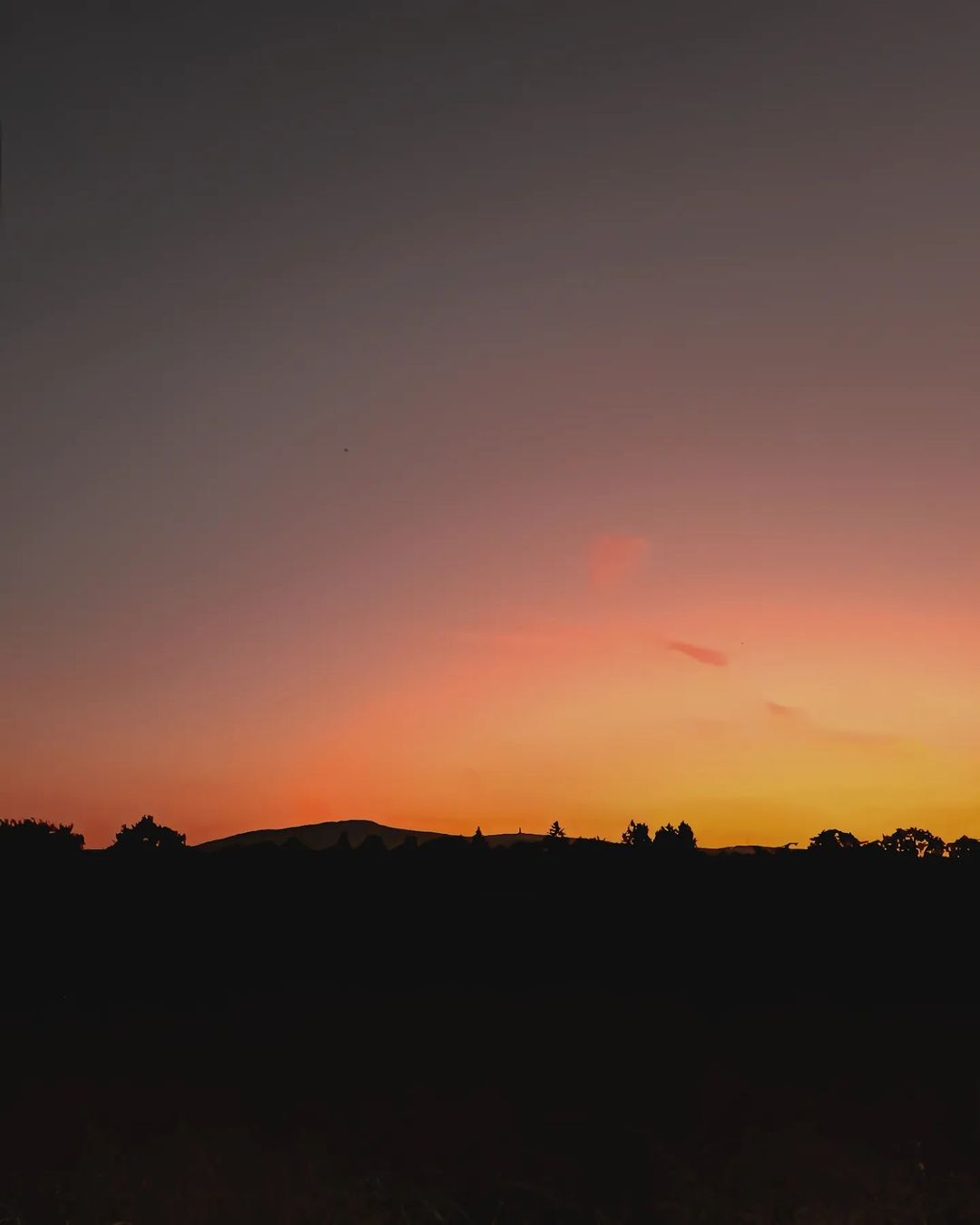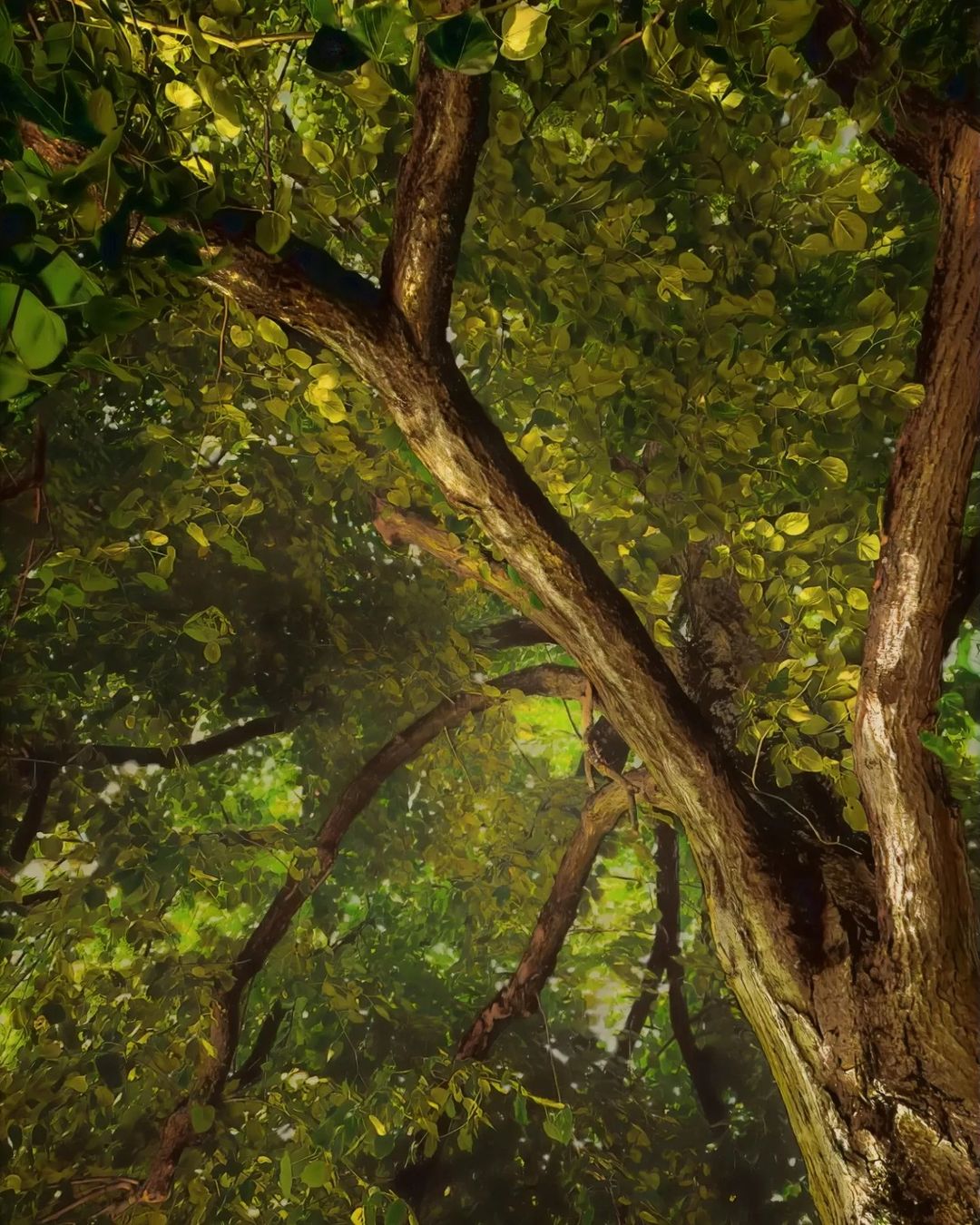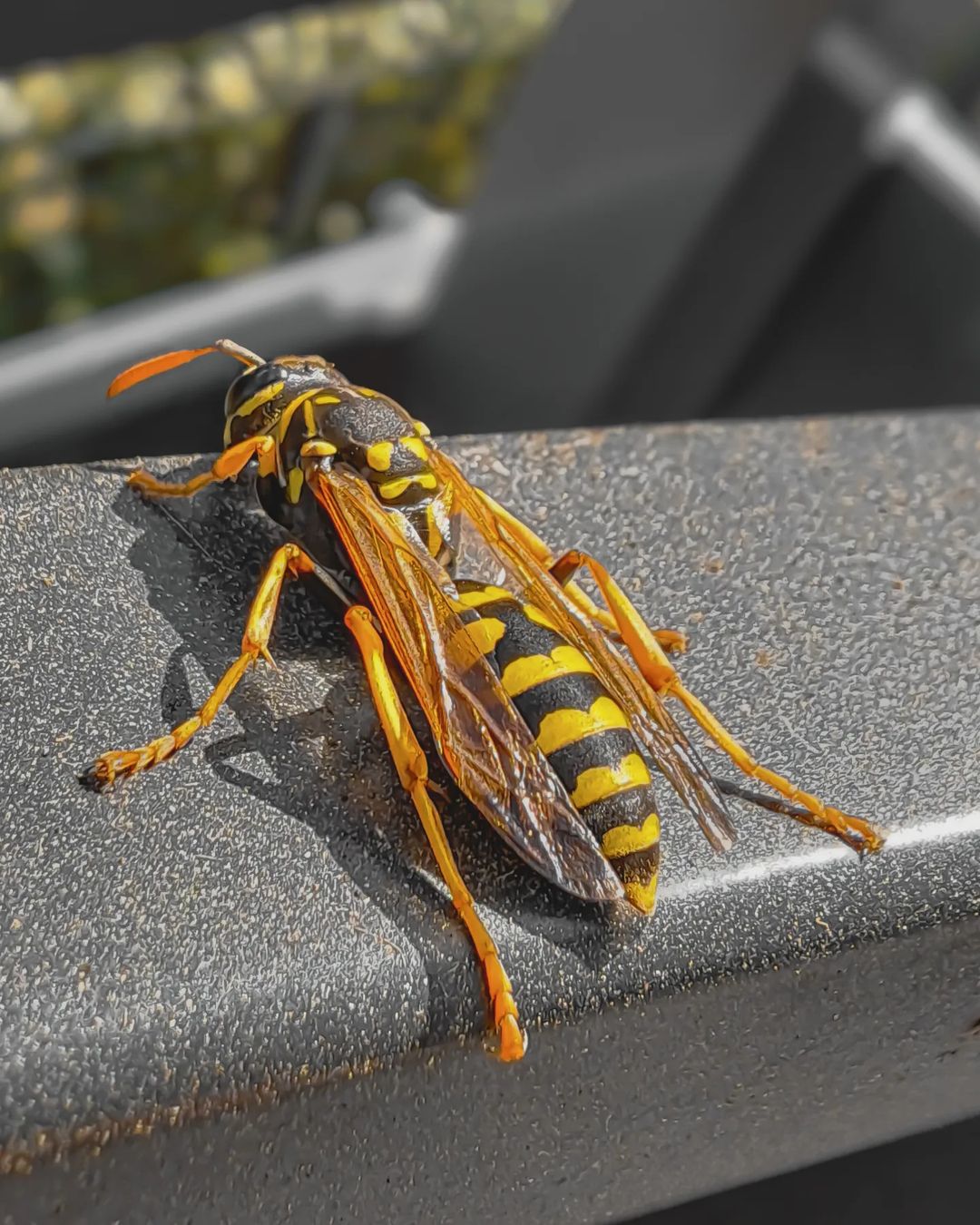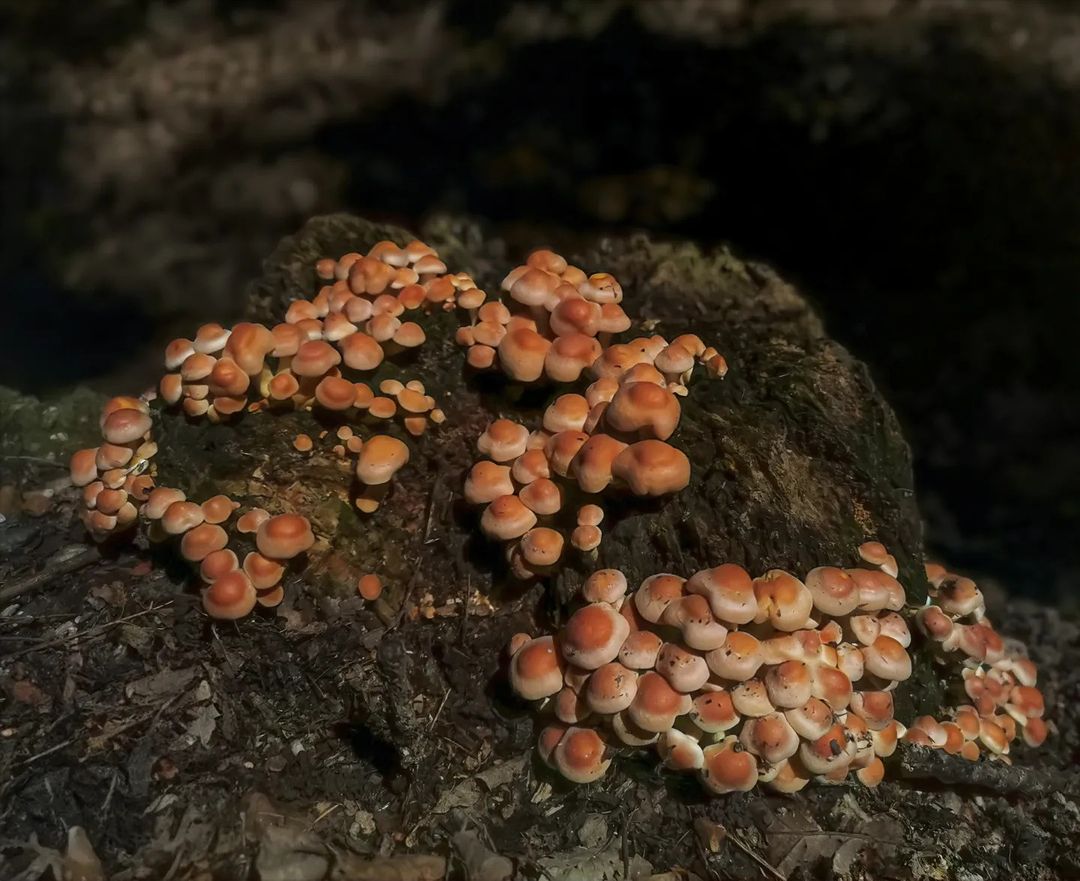Post #887:
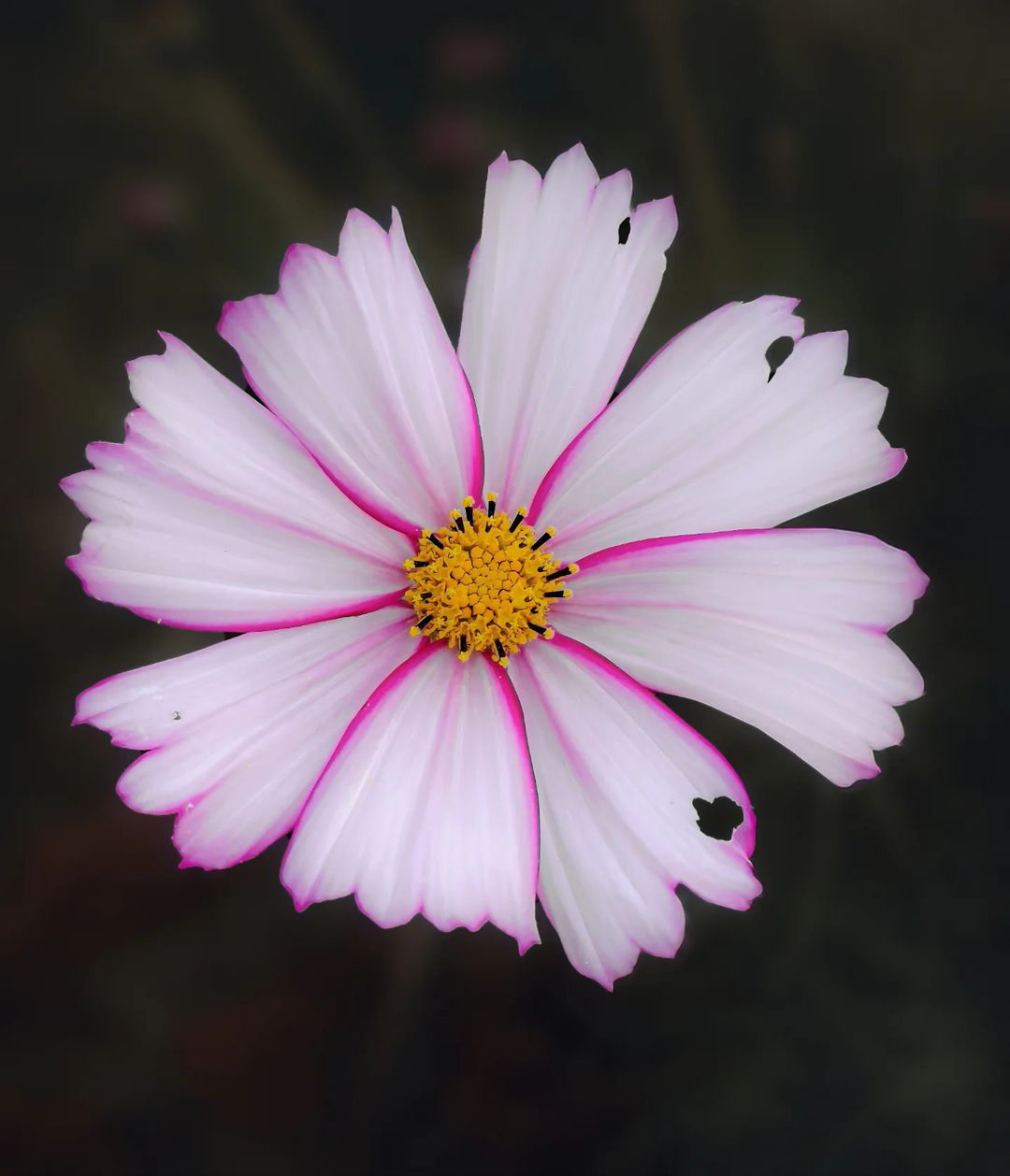
🌉 Like a Chakana, a flower acts as a bridge between the layers of the world. It connects nature with our inner reality.
🌺 They grow in meadows and front gardens and invite us to enter into a dialogue. Whether we take a moment to soak in the beauty around us, or whether we engage with their aesthetics to bring joy to others, their appearance is a compliment to open our minds.
🐝 As soon as our eyes land on a flower, we hum the gift of being in this world.
🧠 Not only are they aesthetically pleasing, they also promote mindfulness and a positive attitude.
🌸 The genus Cosmos was given its name in 1791 and translated from Greek means harmoniously ordered universe. Therefore, the garden cosmos (Cosmos bipinnatus) symbolizes a universal truth in an enchanting way.
🤗 For a more nuanced discussion, please feel free to use the comments section, private messages or the anonymous contact form on my website.
Details:
This post is part of the artistic performance The Happening on Instagram.
Further information about this art project Related post on InstagramCreator of this post is Frederic Hilpert
© File Usage Guidelines This post on megagroundsloth.de#cosmos #cosmosbipinnatus #flowers #pflanzen #kosmeen #flores #bloem #natur #blumen #neophyte #blumenwelt #flores #pinkflowers #lovenaturesbeauty #delicate #kosmos #blütenzauber #petals #wildpflanzen #blumenliebe #poesie #rosablumen #poetic #respectnature #spazieren #autumnflowers #flowershots #🌸 #naturephotography




